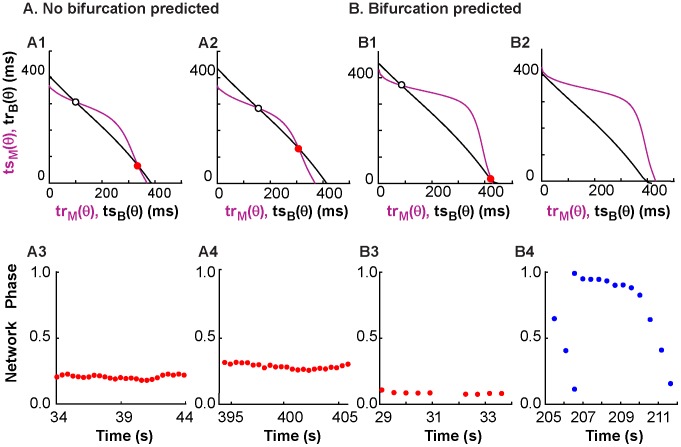Figure 9. Prediction of the robustness of network activity to period noise.
Coupling between the neurons was turned off between panels, the period of the isolated biological neuron was re-measured, and the prediction of network activity was adjusted based on the newly measured period by shifting the black curve representing the PRC information for the biological neuron. (A) Activity from experiment 32 was predicted to be robust to period noise. The prediction does not change much between A1, based on the period of 396.3 ms before the first coupling episode, and A2, based on the period of 425.56 ms before the last coupling episode. The observed activity in A3 (first episode) and A4 (last episode) is consistently phase-locked with no bifurcations. (B) Activity from experiment 22 is not predicted to be robust to period noise, with the interaction curves shown in B1and B2 reflecting the average periods in the biological neuron of 440.2 and 405 ms prior to the first and last coupled episodes respectively. In B1, the red dot predicts stable locking at a nonzero phase as observed in the first episode in B3. The period shift in the biological neuron causes all intersections to disappear in B2, resulting in the phase slipping in the last episode (B4).

